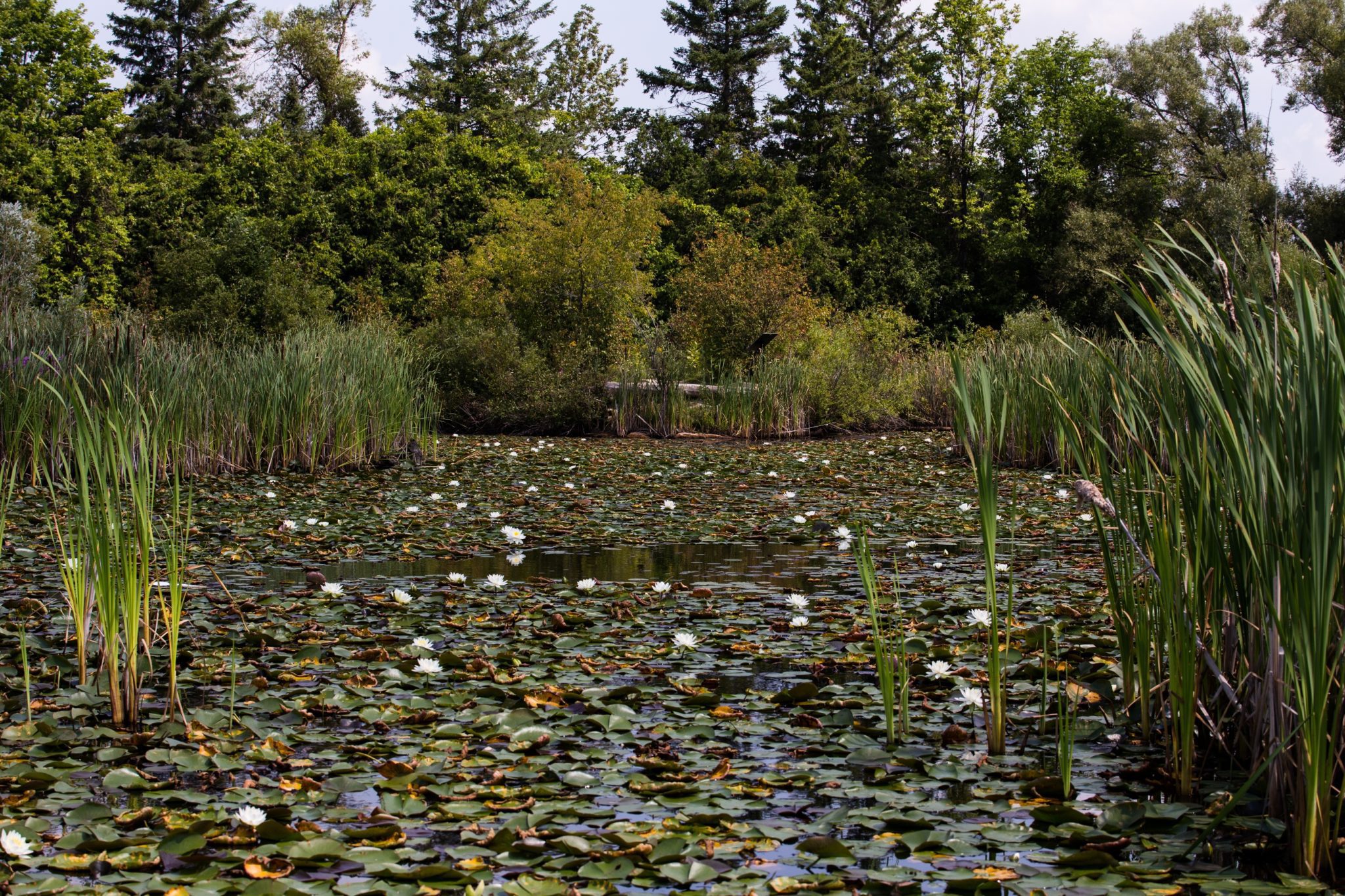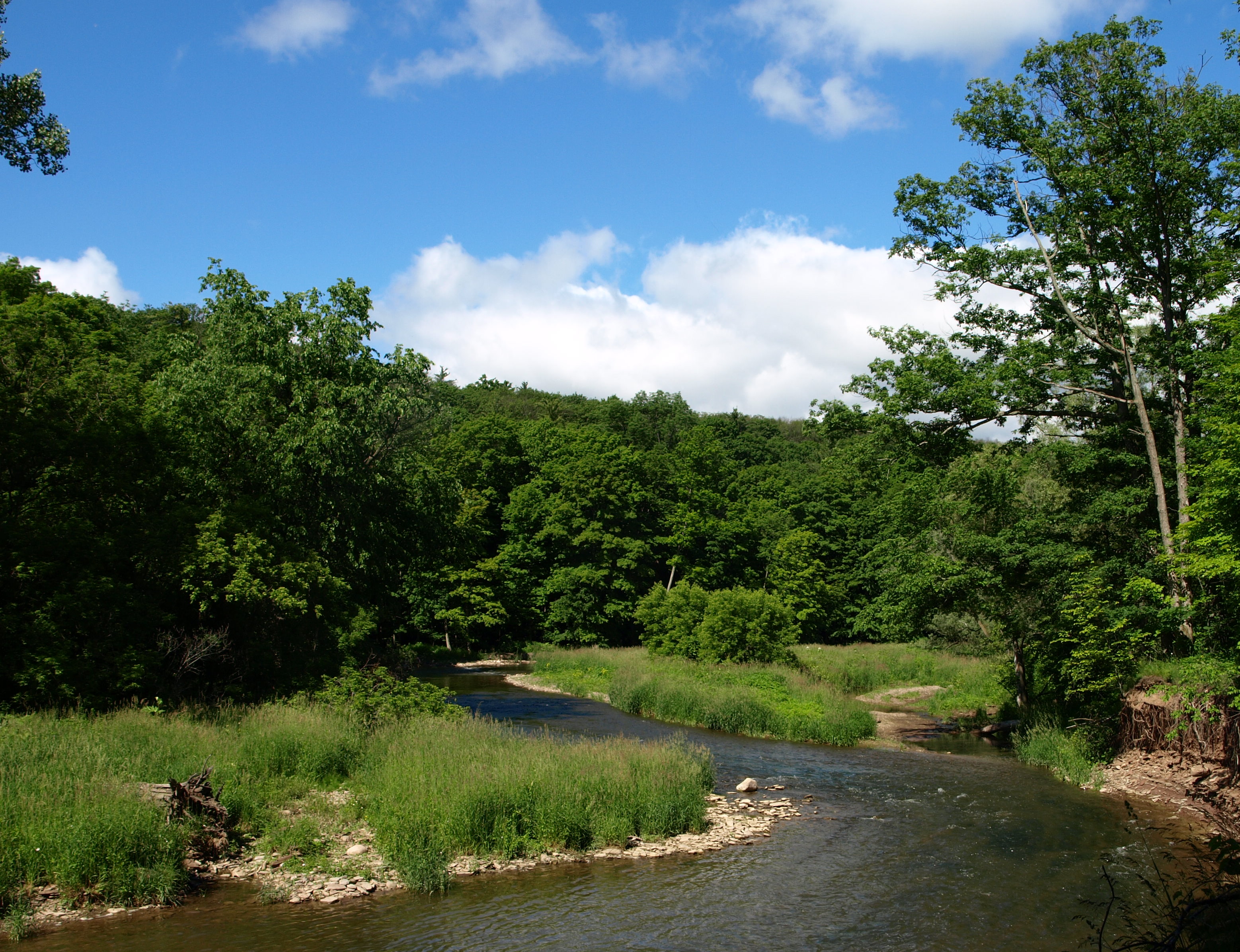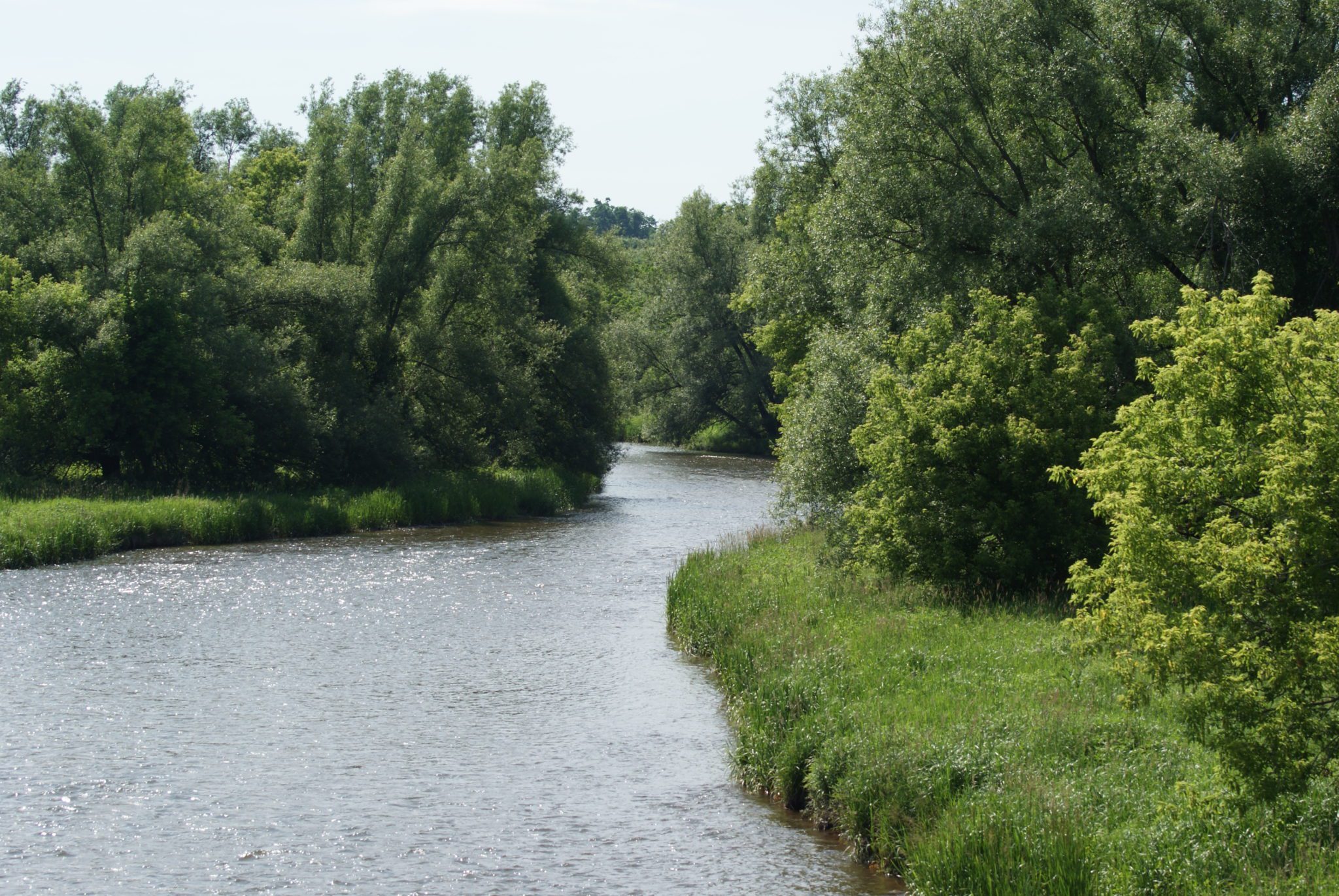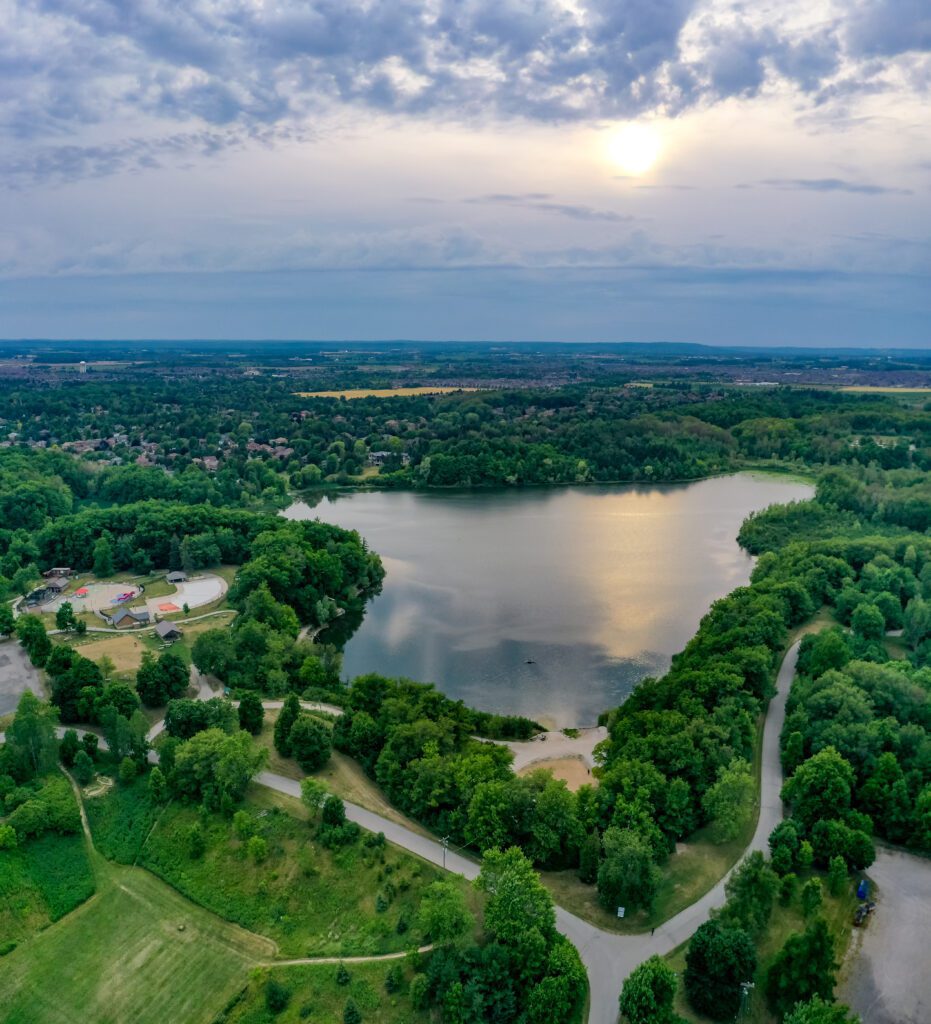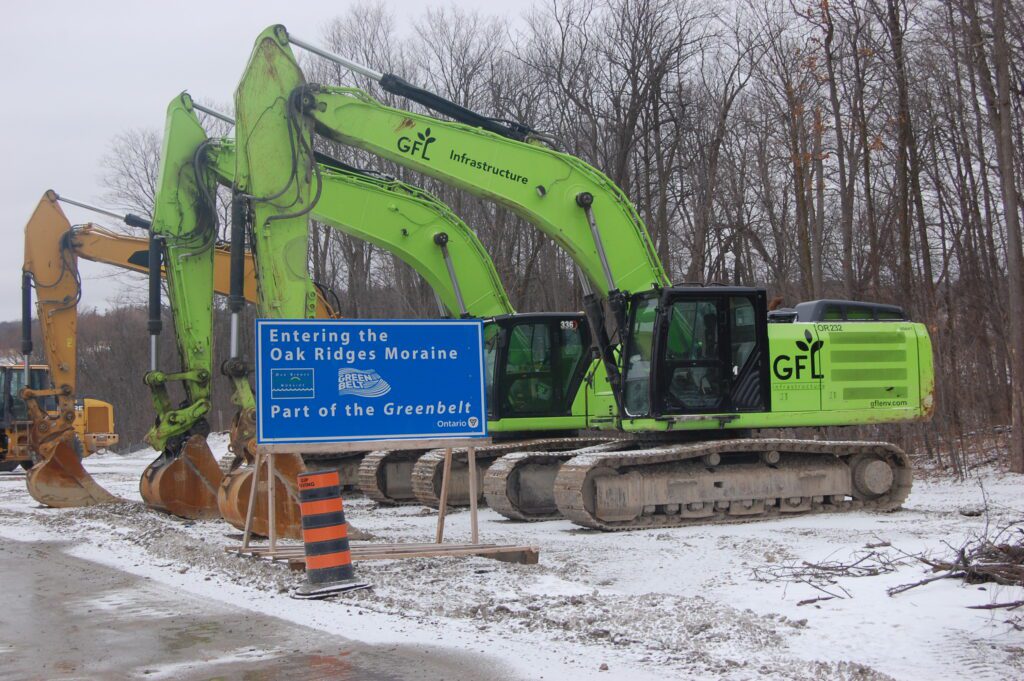Fall 2022 and Spring 2023 brought a whirlwind onslaught of legal, regulatory and policy attacks on the Greenbelt, wetlands, forests, Conservation Authorities, renters, property taxpayers and good planning by the Ontario government. Most of these attacks were done without the completion of required public consultation and have largely excluded and ignored the input and views of the people, businesses and communities who will suffer the short- and long-term consequences.
But what should we all do now? Should we just sit back to watch chaos and destruction unfold in our communities? You won’t be surprised that our answer is a resounding “no!”
Below, we describe the multiple avenues that we can follow together to slow, halt and reverse the damage the provincial government has inflicted.
Keeping Greenbelt Lands Green
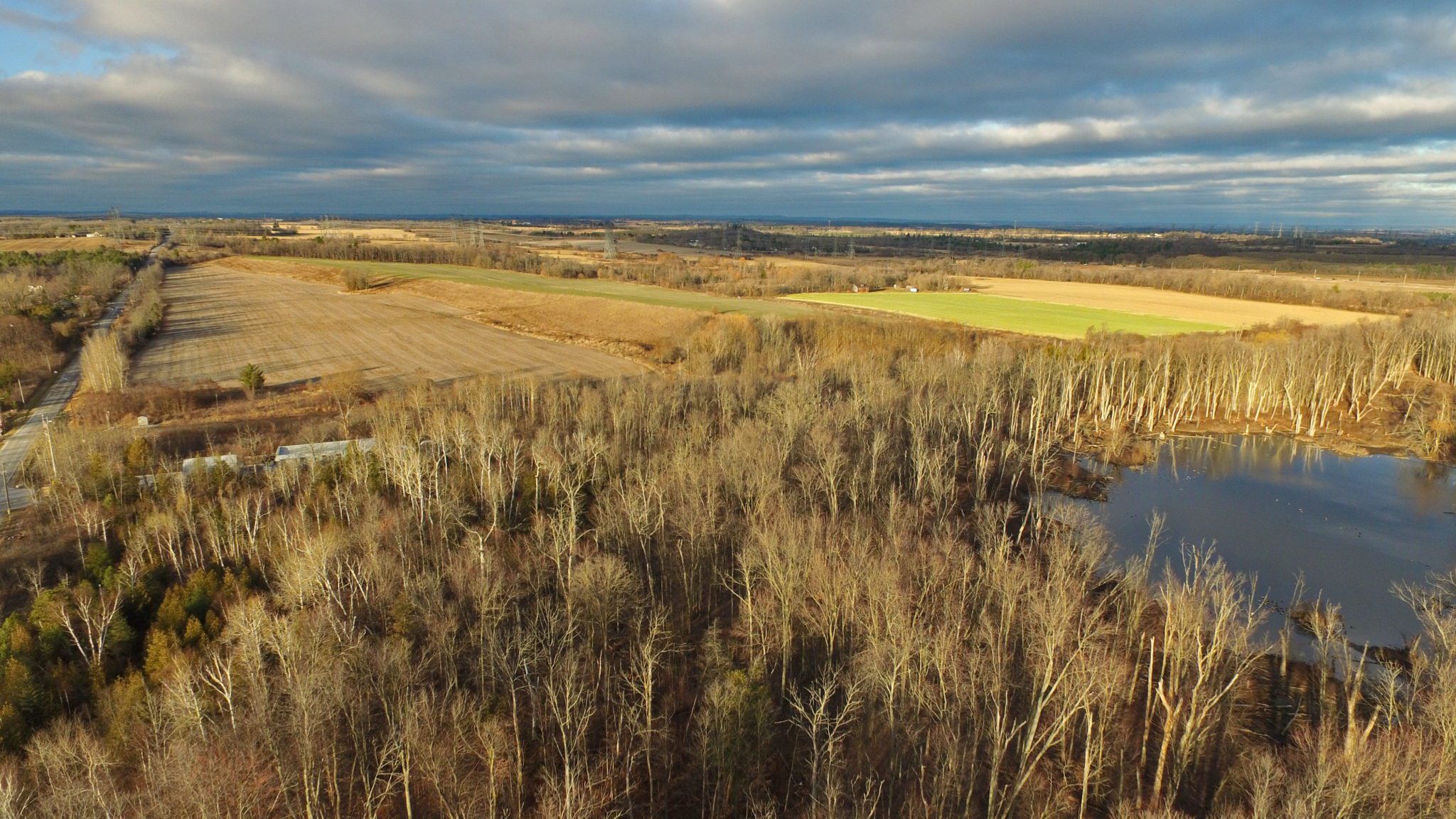
Thursday, September 21st is a day that will be remembered by many in Ontario. On that day, during a Ontario Government Cabinet retreat in Niagara Falls, Premier Doug Ford emerged from the retreat, stood in front of his entire entire Cabinet at a microphone and announced that he had made a mistake in attacking the Greenbelt, that all the removed lands would be put back into protection and he promised not to remove any more lands ever again. He further stated that these changes would be done through new legislation that would be soon introduced at the Ontario Legislature.
As of today the people of Ontario are awaiting this legislation to be introduced but they are also taking the time to celebrate a well-earned victory. It is clear that Ontario government MPPs faced ever escalating outrage in their constituencies about the attacks on the Greenbelt. This outrage was fueled by anger about the attacks on the Greenbelt itself because of the incredible farm, forest and wildlife values it protects, and also because of the clearly corrupt, duplicitous and cynical manner with which these removals were made. Everything the government had said about the removals had turned out to be lies.
This reversal came several weeks after when, on August 9th, Ontario’s Auditor General released her report investigating the removal of 7,400 acres of farms, forests and wetlands from the Greenbelt. Among her fifteen recommendations, she had three main conclusions. First, that lands removed from the Greenbelt favoured particular sprawl developers and will enable them to make up to $8.3 billion in windfall profits. Second, this action was taken despite clear and abundant evidence that lands in the Greenbelt are not required to meet Ontario’s housing supply needs. Third, that the decision to remove these lands should be revisited. The report also found that environmental screening criteria developed for the lands to be removed from the Greenbelt were discarded when they conflicted with the selection of lands for removal advocated by developers known to have close personal relationships with the Premier and the government.
The government responded to the Auditor General’s report by doubling down on its plans to move ahead with destruction of the Greenbelt properties and re-iterating lies about needing these Greenbelt lands to meet its housing targets.
Recent polling by the Alliance for a Livable Ontario, undertaken by Environics, shows that Ontario residents do not support the government’s plans:83% of those surveyed want to see homes developed in cities and not on the Greenbelt. A large majority also do not find the government’s messages on this issue credible.
An additional report on the Greenbelt land removals was released on August 30th by Ontario’s Integrity Commissioner J. David Wake. He concluded that the evidence found “paints a picture of a process marked by misinterpretation, unnecessary hastiness and deception” and Ryan Amato, Mr Clark’s Chief of Staff “embarked on a chaotic and almost reckless process that I find led to an uninformed and opaque decision which resulted in the creation of an opportunity to further the private interests of some developers improperly”.
Finally, The Commissioner concluded that “Mr. Amato’s communications to developers must be attributed to Mr. Clark since I find that he failed to oversee an important initiative in his ministry which led to some developers being alerted to a potential change in the government’s position on the Greenbelt with the result that their private interests were furthered improperly”. Based on the evidence gathered in this inquiry, The Commissioner concluded that Minister Clark breached sections 2 and 3(2) of the Members Integrity Act. As a result, he recommended to the Legislative Assembly of Ontario that Minister Clark be reprimanded for his failure to comply with the Act.
Premier Ford reacted to this report by reiterating his support for Minister Clark and refusing to fire him and the Minister himself said he would stay on. However, on September 4th he changed his mind and resigned his post.
Less than 48 hours later the Ontario government’s new Minister of Municipal Affairs and Housing, Paul Calandra announced that the government would proceed with development on the lands previously removed from the Greenbelt and that the process will be led by the office Provincial Development Facilitator. The Minister reiterated the lie that these sites are needed to meet the province’s housing goals and that the government wants to “get shovels in the ground” on these sites as soon as possible.
Even more shockingly the Premier and the new Minister announced that he would be launching a review of the entire Greenbelt and that this was needed to provide even more land for housing (also a lie). Waiting in the wings are at least 800 properties that developers would like to see removed. This review would put at risk the entire future of the Greenbelt.
Public reaction was swift and furious with many large public protests in communities across Ontario immediately planned for the days and weeks following the government announcement. Media and commentators were also incredulous that the government’s response to the corrupt revelations about how the Greenbelt was attacked could be to double down and say that even more Greenbelt land could be removed in a new process led by the new Minister.
Then in mid-September media stories began to appear that exposed that Ontario government Minister Kaheed Rasheed had lied to the Integrity Commissioner about spending time in a Las Vegas Hotel massage room last winter with developer Shakir Rehmatullah of Flato Developments who had benefited from Greenbelt land removals. Controversy grew and the Minister resigned his cabinet position and left the Progressive Conservative caucus on the afternoon of September 20th.
They said the lands were needed for housing.
This was proven to be a lie because tens of thousands of acres of lands already designated for housing development sit largely idle across the Greater Golden Horseshoe, including in the areas directly adjacent to the lands removed from the Greenbelt. This fact was documented by the Auditor-General, the government’s Housing Affordability Task Force, the Regional Planners who are in charge of designating land for development and all other experts who looked at the issue.
They said that the Greenbelt land removals were done based on objective criteria.
This was proven to be a lie by the Auditor-General and Integrity Commissioner who found that lands were removed to benefit developers with close ties to the Premier and his government. It was also found that these developers stood to benefit at an amount of over $8 billion. It was also revealed that the only environmental criteria established for selecting land was quickly discarded when it conflicted with removing the Greenbelt lands owned developers who the government had selected.
They said that the process to remove the land was honest and open.
This was proven to be a lie when it became clear from the Auditor-General, the Integrity Commissioner and the media that current political staff, former staff turned lobbyists, Ministers and others associated with the government had been giving special favours to government-linked developers.
This level of corrupt dealings is unprecedented in Ontario and we all fought back and won a key battle, for that we are celebrating. People power, investigative journalism, a robust democratic structure (e.g. the roles of the Auditor-General and the Integrity Commissioner) and an engaged Opposition in the Legislature brought light to very dark places.
As we await the promised legislation from the government we need to ask what is next?
We know that the influence-peddling, government-linked developer favouritism and more are also associated with the massive boundary expansions imposed by the provincial government on Hamilton, Halton, Waterloo, and other regions across the Greater Golden Horseshoe and in Ottawa.
We know that the over one hundred Minister’s Zoning Orders (MZOs) that have by-passed local planning rules, paved natural areas and been used to deliver massive speculative land price increases for developers are also linked to many of the same developers involved in the Greenbelt scandal.
We know that these same developers are set to benefit from massive imposed sprawl adjacent to the proposed mega-Highway 413 which the Premier has doubled-down on as a priority to build.
We know that the government’s proposed changes to the Planning Act, the Growth Plan and other rules are intended to promote low-density sprawl on farmland, reduce protection of water, air and natural values and make it harder for municipalities, conservation authorities and the public to participate in decision-making about the future development of towns and cities.
We know that low density housing and warehouse sprawl is the form of urban development favoured and selected by all of these underhanded decisions. We know it is more expensive than compact development, diverts building resources and labour to creating monster homes over affordable ones, creates car dependency with all of its costs and health impacts, makes building and operating public transit close to impossible and causes increased property taxes to pay for water, sewers, roads and other services spread over large areas.
These attacks require us to continue to fight back in our communities. They also require further work by agencies such as the Auditor-General and the Integrity Commissioner. They beg further analysis and investigation by the media, further questioning by Opposition parties, and finally and now most obviously, a need for investigation by the police.
Democracy dies in the dark. But the people of Ontario are bringing light to the unlit corners of the rooms where the Ontario government makes decisions that favour rich, government-linked developers at the expense of the public interest. We will keep going.
Stay up to date at www.HandsOffTheGreenbelt.ca
Protecting Conservation Authority Lands
By passing Bill 23, the provincial government mandated all Conservation Authorities in Ontario to initiate a process to review all of their land holdings and determine all lands on which subdivisions could be built and sold to developers. These will include high profile, high value protected public lands, such as Kortright Conservation Area, Nashville Conservation Reserve, Dundas Valley Conservation Area, Guelph Lake Conservation Area, Glen Haffy Conservation Area, Laurel Creek Conservation Area and many others. This process has to be completed by the end of 2024 at the latest. Once the lands have been identified, the Conservation Authorities are required to hold public hearings to determine public opinion about the proposed sale and development of these natural areas. When this happens, it will be very important to focus our attention on contacting government MPPs as well as Conservation Authority officials as it is the provincial government that is forcing Conservation Authorities to pursue a development agenda. We will remain in contact with Conservation Ontario and let you know as soon as we know next steps and how best to stop this travesty.
Stopping Highway 413
In May 2021, the Highway 413 project was designated for a Federal Impact Assessment. Now, over two years later, the Ontario government has still not submitted the “initial project description” that would trigger the next steps in this federal process. When the provincial government finally does submit this document (now expected late fall 2023 or early 2024), there will be a public consultation process and then the federal Minister of Environment and Climate Change will make a decision on how to proceed with a review or whether to allow the province to proceed with construction based solely on the document they submit. It will be very important to ensure that thousands of Ontarians mobilize to make sure the Minister and federal MPs know that this destructive highway should never be built. We will be sure to inform everyone as soon as we know that the province has submitted their proposal to the Impact Assessment Agency.
In the meantime, we will be publishing a new report on getting trucks onto the underused Highway 407 and organizing more events and education programs with our community partners to ensure the incredible farmland, forest and biodiversity values of the lands that would be destroyed by the 413 are more widely known.
You can find out more at: www.StopHwy413.ca
Building Homes in our Cities

Addressing the real crisis in housing availability and affordability requires building more homes inside the cities and towns of our region, not on farmland and forests without services in the Greenbelt. More homes in existing cities can take a variety of forms and can help to provide a variety of configurations for people at different stages of their life, from older singles and couples to growing families (find more information on these types of homes here). Homes in cities are also closer to services like transit, parks and work and could be cheaper to own or rent because service costs are lower and people can do without a car in these areas.
Government action at all levels will be required to make these new homes happen. Fortunately, City Councils in Toronto and Hamilton are both seized with trying to make more space for homes on our main streets and our neighbourhoods. They propose to do this by changing the rules that stop modest scale multi-unit buildings from being built in residential neighbourhoods and make it difficult to build five- to six-storey buildings along our main streets. They will also need changes to be made to the building code to make construction more affordable. Environmental Defence has recently commissioned an in-depth research report on this issue that will develop specific recommendations that will form the basis of our future work in this area. It will be completed later this fall. You can get involved in efforts to help build more homes in these cities. If you live in other places, you can have a conversation with your City Councillor about what they are doing to add more space for people inside of your community. We will be keeping you up to date on opportunities to take action to support this important work.
Saving Wetlands, Forests and Endangered Species
The Ontario government has gutted the rules for protecting our remaining wetlands in southern Ontario. Key changes to the rules that identify provincially significant wetlands for protection include:
- Wetlands less than 2 hectares will no longer qualify. Most remaining wetlands are of this size and 2 ha is about 4 football fields, so it is not small.
- Wetlands will no longer be considered to exist in “complexes” of closely adjacent smaller wetlands even though this is the physical reality of how many exist and the upland areas between them also provide critical habitat for the wildlife that use them.
- The presence of endangered species in the wetland will not be used to consider protecting them.
- Evaluation of wetlands for protection will no longer involve review by staff at the Ministry of Natural Resources and Forestry, but will instead take place by developers’ paid consultants who will have an inherent incentive to ensure the wetlands are not protected.
You can read the newly weakened rules here.
In addition, the government has developed new rules that allow for developers to propose “offsetting” for areas of forest or other habitat that was formerly protected. In theory, this will involve payment of some fee to recreate a forest, wetland or other ecosystem somewhere else when it is destroyed at its current location. Recreating natural areas can be very challenging from scientific and practical perspectives, and reducing the amounts near our communities causes a loss of the ecological, economic and recreational benefits they provide near where we live. Some of the very real risks of offsetting programs are well described in a series of publications by Ontario Nature.
Organizing locally to work with your City Council will be very important to stopping the rapid loss of wetland, forests and other natural areas in your town or city. Stay in touch with Environmental Defence and consider working with others in your community involved with Stop Sprawl community organizations. You can find out much more about what is going on with the efforts to build towns and cities that protect wild places here.



